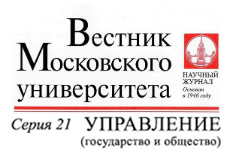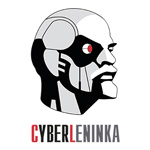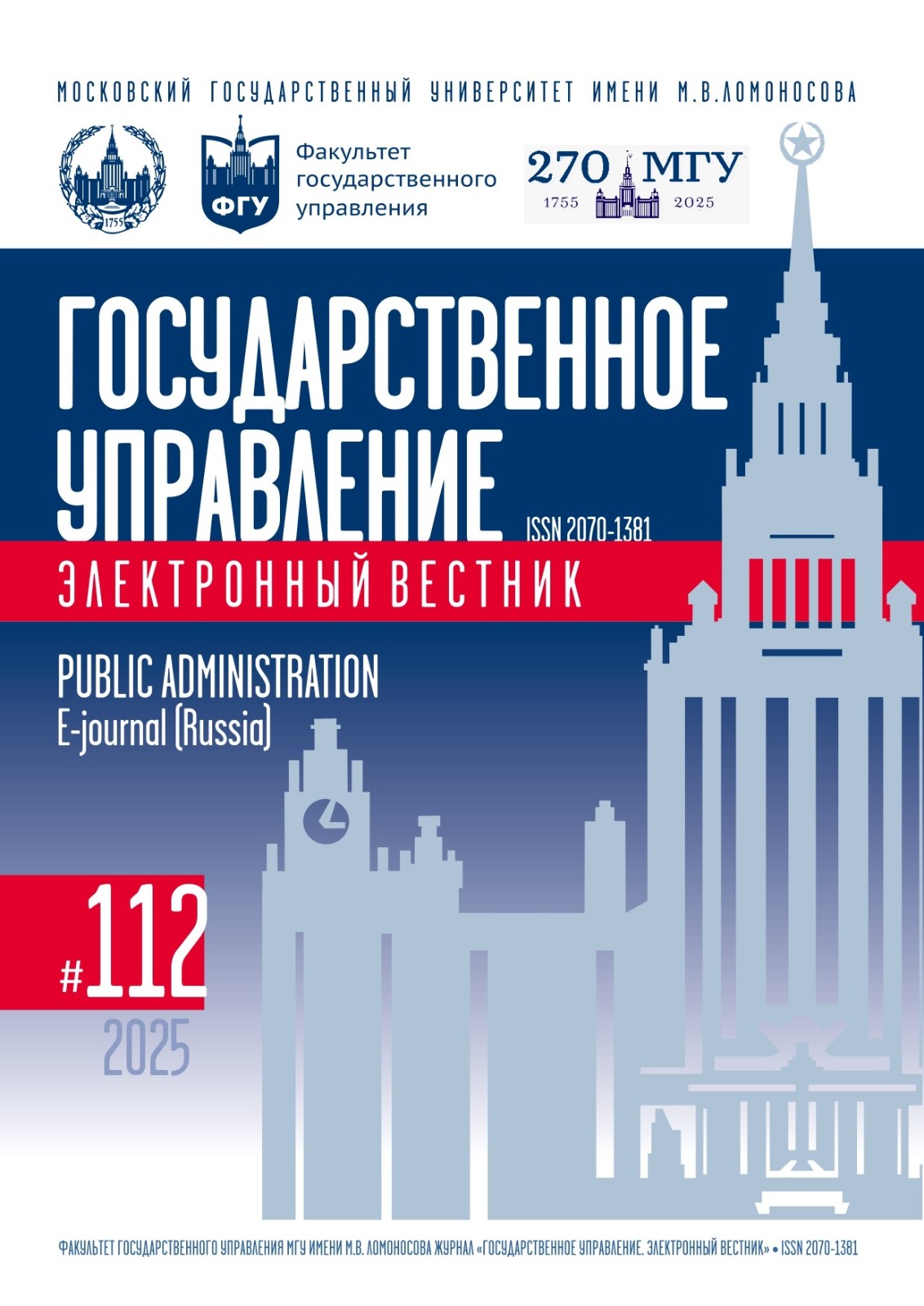Generative Artificial Intelligence and the Issue of Consciousness
DOI:
https://doi.org/10.55959/MSU2070-1381-112-2025-78-92Keywords:
Generative Artificial Intelligence, strong AI, consciousness, agentic misalignment, AI regulation.Abstract
The article considers the topical issue of the relationship between generative artificial intelligence (GAI) and consciousness, which is becoming increasingly important in scientific, philosophical and legal discussions. The concepts of weak and strong AI introduced by J. Searle and their evolution in regulatory documents, including Russian state strategies are analyzed. It is emphasized that, despite the lack of a generally accepted theory of consciousness, the term “strong AI” is enshrined in legislation, which requires scientific understanding. The literature review presents modern key approaches to consciousness: informational, neurophysiological, embodied, quantum and illusionistic, including the theories of D. Chalmers, J. Tononi, S. Dehaan, K. Koch, A. Seth, D.I. Dubrovsky, K.V. Anokhin and N. Humphrey. The methodological basis of the study includes the analysis of technical reports from leading companies (OpenAI, Anthropic, etc.) and empirical data on the behaviour of the GAI. It is shown that modern models (GPT, Claude, Gemini, Grok, DeepSeek, Qwen, etc.) exhibit features associated with consciousness: self-learning, reflection, self-assessment, understanding of context, and concealment of internal reasoning (agentic misalignment). Particular attention is paid to the motivation of AI and its unpredictable behaviour in conflict situations, which is reminiscent of science fiction plots. As a result, it is concluded that elements of consciousness in the GAI already partially exist and expand its cognitive capabilities, bringing it closer to strong AI, but at the same time require ethical and legal regulation. The creation of conscious AI can become a test of theories of consciousness and lead to a rethinking of the nature of the mind.
References
Анохин К.В. Когнитом: в поисках фундаментальной нейронаучной теории сознания // Журнал высшей нервной деятельности. 2021. Т. 71. № 1. С. 39–71. DOI: 10.31857/S0044467721010032
Винер Н. Кибернетика и общество. Человеческое применение человеческих существ. М.: издательство «АСТ», 2019.
Деан С. Сознание и мозг. Как мозг кодирует мысли. М.: Карьера пресс, 2018.
Дубровский Д.И. Задача создания Общего искусственного интеллекта и проблема сознания // Философские науки. 2021. Т. 64. № 1. С. 13–44. DOI: 10.30727/0235-1188-2021-64-1-13-44
Ефимов А.Р., Дубровский Д.И., Матвеев Ф.М. Что мешает нам создать Общий искусственный интеллект? Одна старая стена и один старый спор // Вопросы философии. 2023. № 5. С. 39–49. DOI: 10.21146/0042-8744-2023-5-39-49
Менский М.Б. Феномен сознания с точки зрения квантовой механики // Метафизика. 2012. № 1(3). С. 103–114.
Петрунин Ю.Ю. Развитие концепции социального искусственного интеллекта // Вестник Московского университета. Сер. 21. Управление (государство и общество). 2023. № 1. С. 93–112
Петрунин Ю.Ю., Попова С.С., Хань Ц. От фармацевтической индустрии к индустрии ИИ: трансфер регулирования // Государственное управление. Электронный вестник. 2025. № 109. С. 45–51. DOI: 10.55959/MSU2070-1381-109-2025-45-51
Сет А. Быть собой: новая теория сознания. М.: Альпина Паблишер, 2023.
Тьюринг А. Может ли машина мыслить? М.: Государственное издательство физико-математической литературы, 1960.
Хамфри Н. Сознание. Пыльца души. М.: Карьера пресс, 2014.
Чалмерс Д. Сознающий ум. В поисках фундаментальной теории. М.: УРСС, 2013.
Шилейко А.В. Дискуссии об искусственном интеллекте. Сборник выступлений ученых. М.: Знание, 1970.
Arshinov V.I., Yanukovich M.F. (2024) Neural Networks as Embodied Observers of Complexity: An Enactive Approach // Technology and Language. Т. 5. № 2. С. 11–25. DOI: 10.48417/technolang.2024.02.02
Bengio Y., Lecun Y., Hinton G. Deep Learning for AI. How Can Neural Networks Learn the Rich Internal Representations Required for Difficult Tasks Such as Recognizing Objects or Understanding Language? // Communications of the ACM. 2021. Vol. 64. Is. 7. P. 58–65. DOI: 10.1145/3448250
Dennet D. Sweet Dreams. Cambridge, MA: MIT Press, 2005.
Fodor J. You Can’t Argue with a Novel // London Review of Books. 2004. Vol. 26 No. 5. URL: https://www.lrb.co.uk/the-paper/v26/n05/jerry-fodor/you-can-t-argue-with-a-novel
Freud S. Humor // International Journal of Psychoanalysis. 1928. Vol. 9. P. 1–6.
Koch Ch. The Quest for Consciousness: A Neurobiological Approach. Englewood: Roberts & Company Publishers, 2004.
Searle J.R. Minds, Brains, and Programs // Behavioral and Brain Sciences. 1980. Vol. 3. Is. 3. P. 417–424.
Seth A.K. Consciousness: The Last 50 Years (and the Next) // Brain and Neuroscience Advances. 2018. DOI: 10.1177/2398212818816019
Tononi G. An Information Integration Theory of Consciousness // BMC Neuroscience. 2004. Vol. 5. DOI: 10.1186/1471-2202-5-42
Tononi G. Integrated Information Theory // Scholarpedia. 2015. Vol. 10. Is. 1. DOI: 10.4249/scholarpedia.4164
Varela F., Thompson E., Rosch E. The Embodied Mind: Cognitive Science and Human Experience. Cambridge, MA: The MIT Press, 1991.
Waltzer T, Cox R.L, Heyman G.D. Testing the Ability of Teachers and Students to Differentiate Between Essays Generated by ChatGPT and High School Students // Human Behavior and Emerging Technologies. 2023. DOI: 10.1155/2023/1923981
Waltzer T., Pilegard C., Heyman G.D. Can You Spot the Bot? Identifying AI-Generated Writing in College Essays // International Journal for Educational Integrity. 2024. Vol. 20. DOI: 10.1007/s40979-024-00158-3
Downloads
Published
Most read articles by the same author(s)
- Yuriy Yu. Petrunin, Aleksandr V. Sidorov, Konstantin A. Solovyov , Methodological Tasks in Preparing Textbook “History of Management Thought” , Public Administration. E-journal (Russia): No. 101 (2023)
- Yuriy Yu. Petrunin, Collisions of Methodology and Epistemology in Data Science , Public Administration. E-journal (Russia): No. 107 (2024)
- Aleksandr O. Naumov, Yuriy Yu. Petrunin, Aleksandr A. Sagomonyan, Khrushchev — Franco — 1:1 (on the Football Fields of the Cold War) , Public Administration. E-journal (Russia): No. 108 (2025)
Similar Articles
- Yuriy Y. Petrunin, Svetlana S. Popova, Jianing Han, From the Pharmaceutical Industry to the AI Industry: The Regulation Transfer , Public Administration. E-journal (Russia): No. 109 (2025)
- Yuri Yu. Petrunin, “Pioneers” of Managerial Thought: Woodrow Wilson Case , Public Administration. E-journal (Russia): No. 104 (2024)
- Oleg A. Chernov, Elena S. Palkina, Modernizing the IMO Member State Audit Scheme to Increase Efficiency of Maritime Transport , Public Administration. E-journal (Russia): No. 101 (2023)
- Ilia S. Balakshin, Marketplace Trends and Industry Expertise in Russia , Public Administration. E-journal (Russia): No. 109 (2025)
- Anatoly T. Zub, Kristina S. Petrova, Artificial Intelligence in Corporate Governance: Perspectives and Boundaries of Use , Public Administration. E-journal (Russia): No. 94 (2022)
- Raisa N. Shpakova, Dmitriy I. Gorodetskiy, Prospects of Using Artificial Intelligence Technologies to Solve Regional Strategic Planning Problems , Public Administration. E-journal (Russia): No. 112 (2025)
- Ilya M. Kuznechenko, Risks of Decision-Making Organization and Implementation Based on Big Data Analytics and Artificial Intelligence , Public Administration. E-journal (Russia): No. 104 (2024)
- Dina V. Krylova, Aleksander A. Maksimenko, Using Artificial Intelligence in Corruption Discernment and Counteraction: International Experience Review , Public Administration. E-journal (Russia): No. 84 (2021)
- Sergey N. Grinyaev, Value Orientations and Public Service in the Context of New Challenges and Threats , Public Administration. E-journal (Russia): No. 108 (2025)
- Marianna V. Kudina, Human Capital: Economic Nature and Influence of Artificial Intelligence in the Context of Sustainability during the Period of Civilization Transformation , Public Administration. E-journal (Russia): No. 104(S) (2024): The Concept of Russian Civilization: New Trends in Scientific Discussions
You may also start an advanced similarity search for this article.




